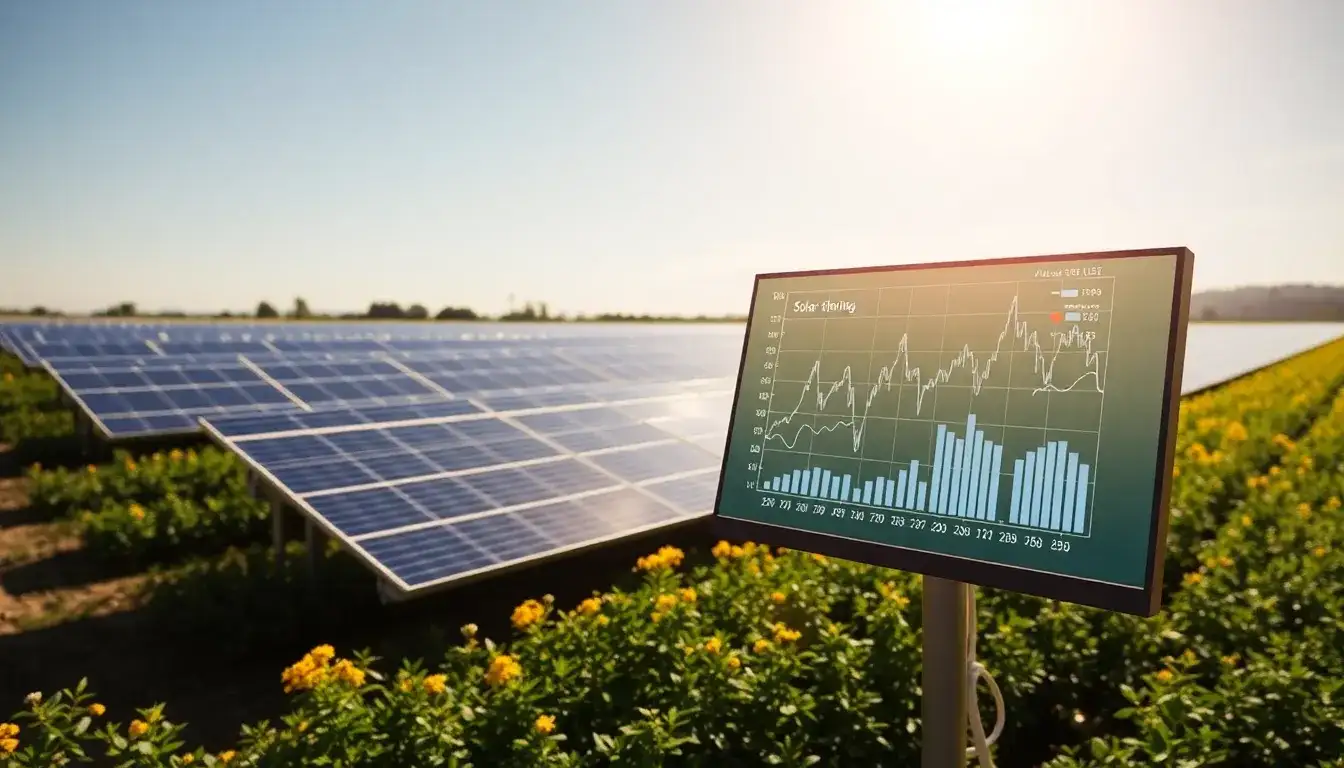
On March 26, 2025, in Suzhou, GCL-Poly Energy and Ant Group jointly launched the first integrated unit of a temporal large model, marking a significant application in the photovoltaic sector. This initiative aims to enhance the efficiency of power resource development and the profitability of ancillary services.
Both solar and wind energy sectors are susceptible to various factors such as solar radiation, wind speed, cloud cover, temperature, and equipment performance, leading to unstable power generation efficiency. This instability can result in imbalances in electricity supply and demand, significant fluctuations in electricity prices, and low returns from energy storage operations.
Industry experts emphasize that leveraging AI technology can significantly improve the accuracy of power generation forecasts. This is crucial for key areas such as investment site selection for photovoltaic plants, industry profitability assessments, operational efficiency in energy storage, and asset risk management.
According to reports from the event, the temporal large model integrated unit can be broadly applied across various scenarios, including photovoltaic power generation, wind power generation, energy storage, microgrids, electricity trading, and virtual power plants. In the typical scenario of power generation forecasting, its Mean Absolute Error (MAE) for T+1 day predictions is only 0.0233, which represents an improvement of about 22.4% compared to Google’s TimesFM. Furthermore, for T+3 day forecasting tasks, the performance enhancement reaches approximately 46.8%.
In conclusion, the application of AI in energy forecasting represents a substantial advancement for the renewable energy sector, promising increased reliability and efficiency in power generation.







